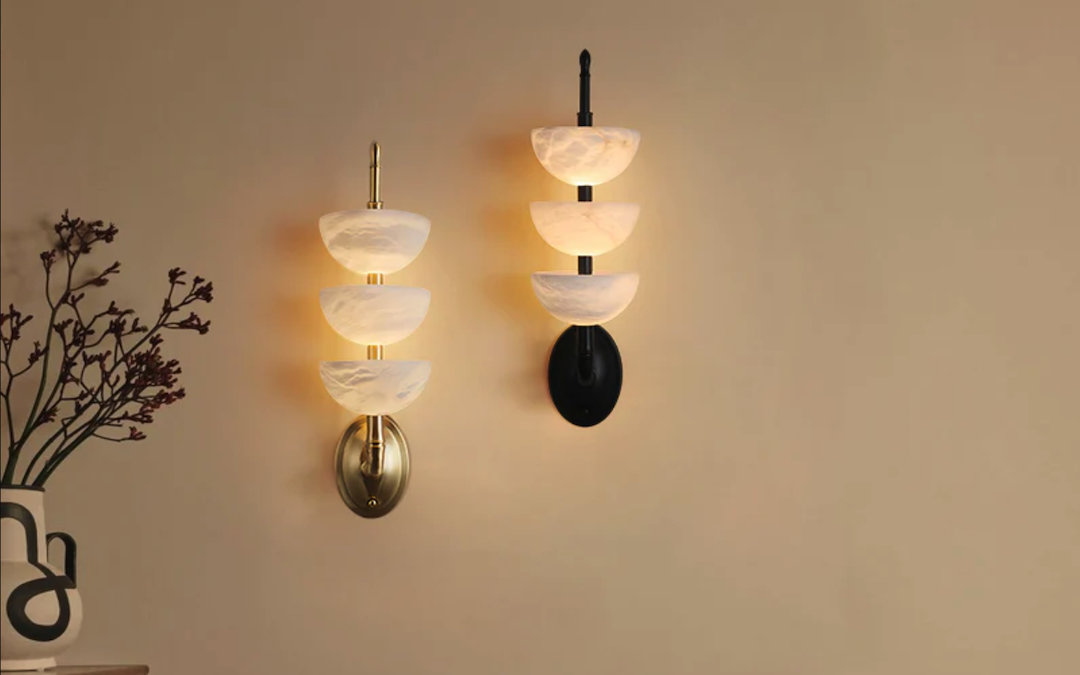
Copper Snowflakes: Uniquely Beautiful Winter Wonders
Introduction
Winter is a magical season that is often associated with snowflakes. These delicate, intricate structures that fall from the sky are a true wonder of nature. However, have you ever heard of copper snowflakes? These unique snowflakes have a distinctive appearance and are a fascinating subject to study. In this article, we will explore the science behind copper snowflakes and what makes them unique.
What Are Copper Snowflakes?
Copper snowflakes are not actual snowflakes made of copper. It is a scientific phenomenon that happens when a copper salt crystal is grown under particular conditions. Copper snowflakes have a unique formation that looks like natural snowflakes, but in a beautiful copper color. They have six branches or arms that radiate out from a central axis, just like natural snowflakes.
How Are Copper Snowflakes Formed?
Copper snowflakes are formed through a process called crystallization. Crystallization is the process in which atoms or molecules form a crystal lattice structure. When a copper salt crystal is grown under specific conditions, it forms hexagonal crystals. These crystals grow in a branching pattern and form a six-branched star-shaped crystal with a central axis. The crystal lattice structure of the copper snowflake is very similar to that of natural snowflakes.
Why Are Copper Snowflakes Unique?
Copper snowflakes are unique because they have a distinct copper color and a beautiful six-branched star-shaped crystal structure. The six-branched structure of copper snowflakes is very similar to the six-fold symmetry seen in natural snowflakes. However, natural snowflakes are never copper-colored, which makes copper snowflakes a truly unique phenomenon.
Applications of Copper Snowflakes
Copper snowflakes have garnered interest from scientists and researchers due to their unique structure and properties. Copper snowflakes have potential applications in a variety of fields, including:
1. Nanotechnology
Copper snowflakes have a unique six-branched structure, which makes them an ideal candidate for use in the field of nanotechnology. Due to their unique branching pattern, copper snowflakes can be used as templates for the growth of other metallic nanostructures. The branching pattern of copper snowflakes can be used to create complex structures that are difficult or impossible to produce with traditional methods.
2. Surface Coatings
The unique properties of copper snowflakes make them an ideal material for surface coatings. Copper snowflakes can be deposited onto surfaces to create a coating that has a beautiful copper-colored finish. In addition to their aesthetic value, the six-branched structure of copper snowflakes can be used to create coatings that have unique physical or mechanical properties.
3. Optoelectronics
Copper snowflakes have a unique structure that can be used in the field of optoelectronics. The branching pattern of copper snowflakes can be used to create photonic crystals, which have a periodic structure that interacts with light in a unique way. These photonic crystals can be used to control the flow of light and could have applications in the development of high-performance optical devices.



